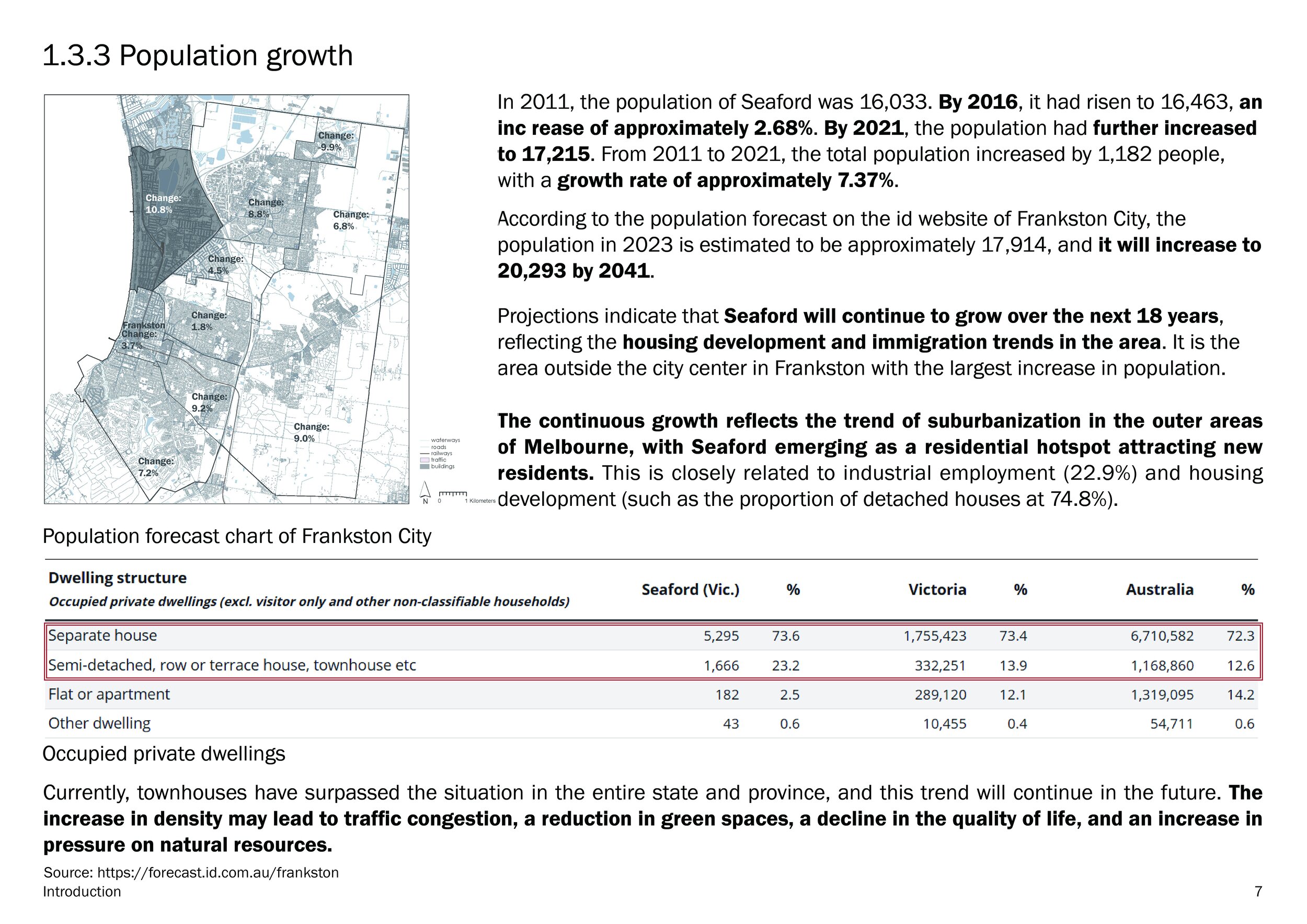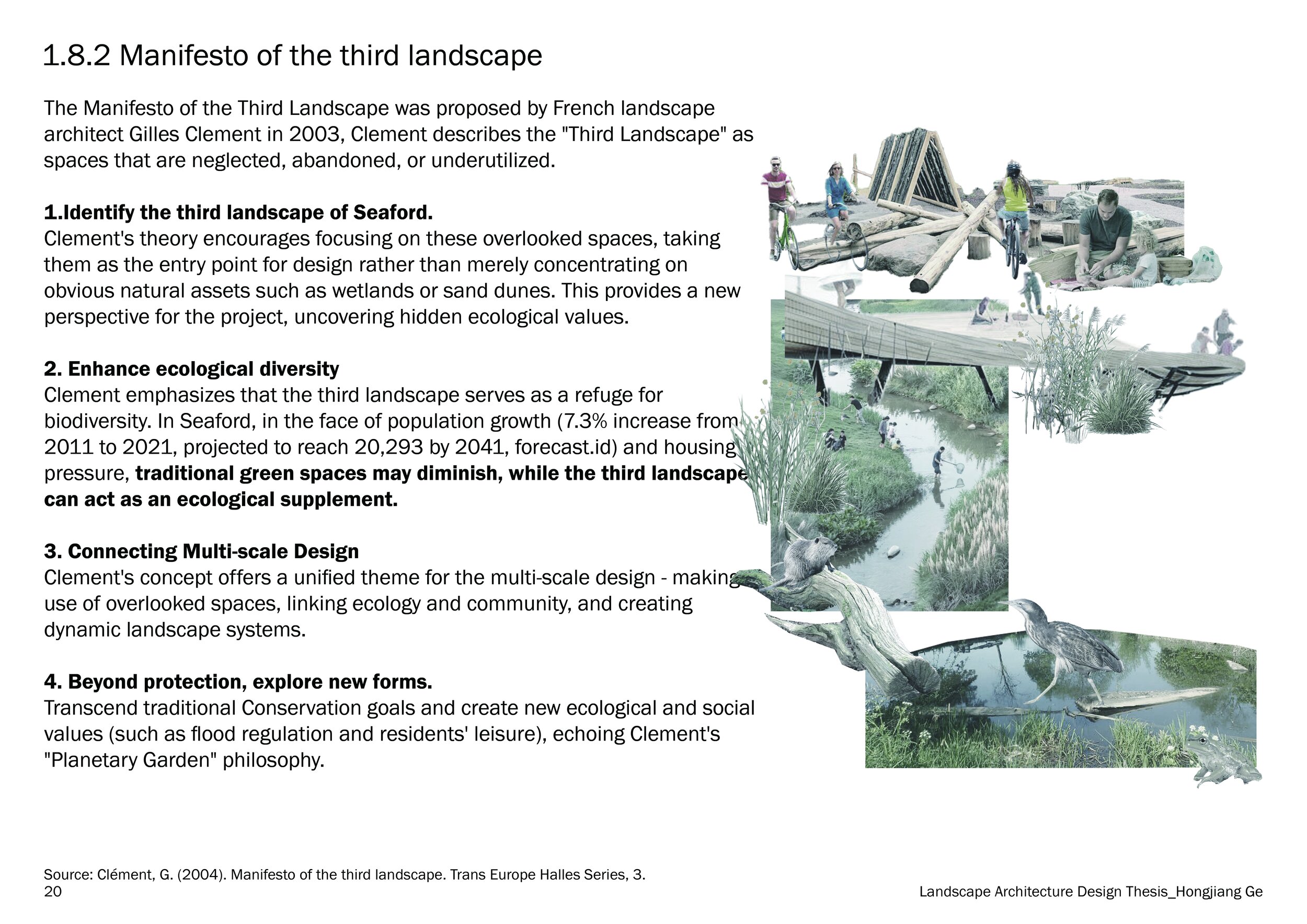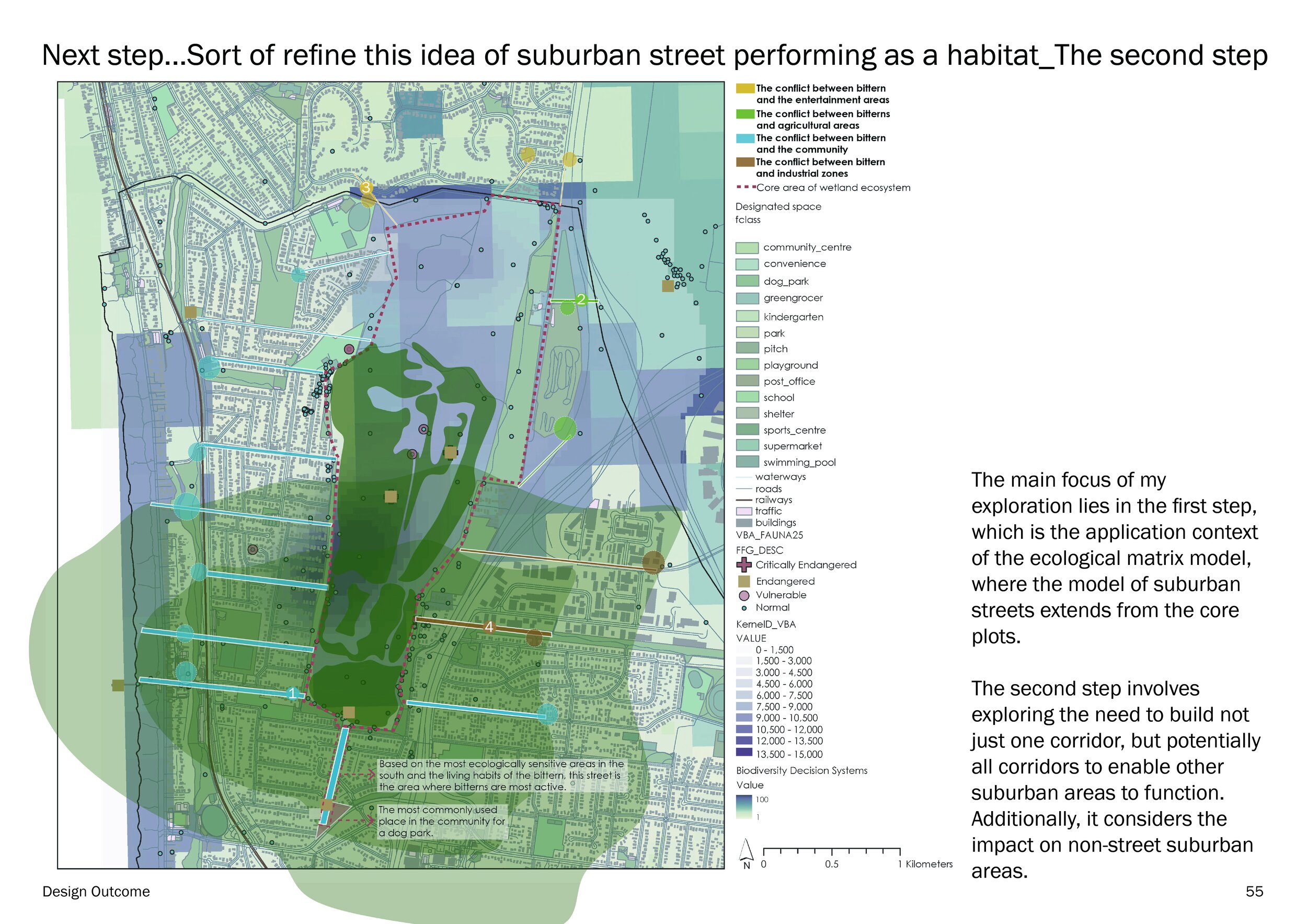
Navigating the Politics of Suburbanization in Seaford
Navigating the Politics of Suburbanization in Seaford
Retrofitting the ecological matrices for the Australasian Bittern
TIME:2025.02-2025.06
This research examines the politics of suburbanization in Seaford, a Melbourne coastal suburb, and its ecological impacts on the Australasian Bittern, a threatened wetland bird. Suburbanization, driven by urban expansion to increase housing density, has fragmented Seaford’s wetlands and native vegetation, exposing the Bittern to conflicts with vehicles, pets, human activity, and industrial impacts. The study analyzes how local policies (e.g., Frankston City Council’s zoning), state regulations, and federal biodiversity frameworks shape the suburb’s landscape, alongside stakeholder dynamics involving residents, environmentalists, and developers.
Focusing on tensions between open space protection and urban growth across entertainment, agricultural, community, and industrial zones, the research proposes multi-scale landscape interventions—ecological corridors, community-integrated green spaces, and pet management zones—to mitigate biodiversity loss while supporting sustainable development. Tailored to the Bittern’s short-distance, low-altitude flight habits, these designs address suburban lifestyle habits like night-time commuting and pet ownership. Grounded in suburbanization theory and political ecology, this study models scenarios to inform sustainable planning in Seaford, fostering a balance between ecological stewardship and community vitality for enhanced environmental and social quality.







































































